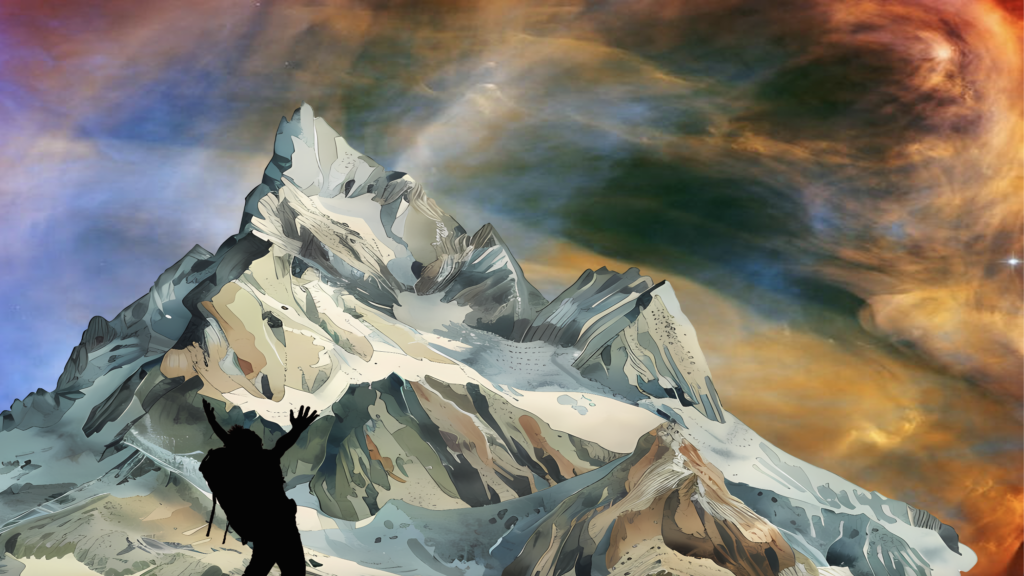 Becky Parker
Becky Parker
Cry of a Barren Woman
Under a rainbow nebula,
one April night,
where new stars
were being birthed;
a young woman climbed
the mountain with carbuncled feet;
denim jumper, knees dirtied
with muddied bits of grass and leaves.
Coming to a bathtub in a clearing
she shed her garments and crawled in,
bone dry of happiness, and filled the porcelain
with sorrow;
tears tasting the lines on her face,
drifting through the curves of her weary flesh.
Out of her mourning came a keening rippling
throughout the forest; kinship rasps
from daffodil bulbs pushing
through the cracked soil
to the mama wolf nursing her kit,
up through the telegraph of trees
to the stellar nursery where
dreams are seeded in liters of
the purest gold glass. Inside one
such liter, a tiny fleck beamed.
_______________
Becky Parker is an award-winning writer who is published in Spirit Fire Review, Agape Review, Sweety Cat Press, Yellow Mama, Appalachia Bare, Lothlorien Poetry Journal, the Rye Whiskey Review, Pulse, the Green Shoe Sanctuary, Sequoyah Cherokee River Journal, Amaranth Journal, Spire Light, Avocet, Mackenzie’s Publication, Salvation South, Heart of Flesh Literary Journal, Mildred Haun Review, North Dakota Quarterly, Dog Throat Journal, 10×10 Flash Fiction, and Penstricken. She is the founder of Briar Haus Writes.
Author’s Backstory: This poem was created after an Ekphrastic prompt, through the Chattanooga Writers’ Guild, of a calendar that contained the picture of a nebula and quotes from Rumi. To me, the “Cry of a Barren Woman” poem seeks to relay that the enormity of grief is meant to be carried as a shared burden, and that hope provides a second chance.
Editor’s Comments and Image Credit: Though there is no such nebula that is called the “rainbow nebula,” the abstraction is a symbol of hope. The image is composed of an exaggerated view of the colors of the Orion Nebula* (recently taken by both the Hubble Space Telescope (NASA) and the James Webb Telescope (ESA) that serves as the background for the mountains (a watercolor image by CleanPNG). Despite the arduous hike, a metaphor for surviving grief, a grateful hiker (pngtree) celebrates the view— arguably for herself and for the creator of all this beauty— which in itself, encapsulates hope, further accented by the lone star in the image.
* Some of the colors are actual colors. When hydrogen is excited, it emits mostly red light as it tries to return to its ground state, but also emits violet, blue-green, and green. They mix to produce a cool blush pink. The excitation is ultraviolet light, which comes from the nearby four hot stars forming the Trapezium. Other colors might be false colors because our eyes cannot detect infrared light, which the JWT does see. False colors are used to indicate these “invisible” emissions.
